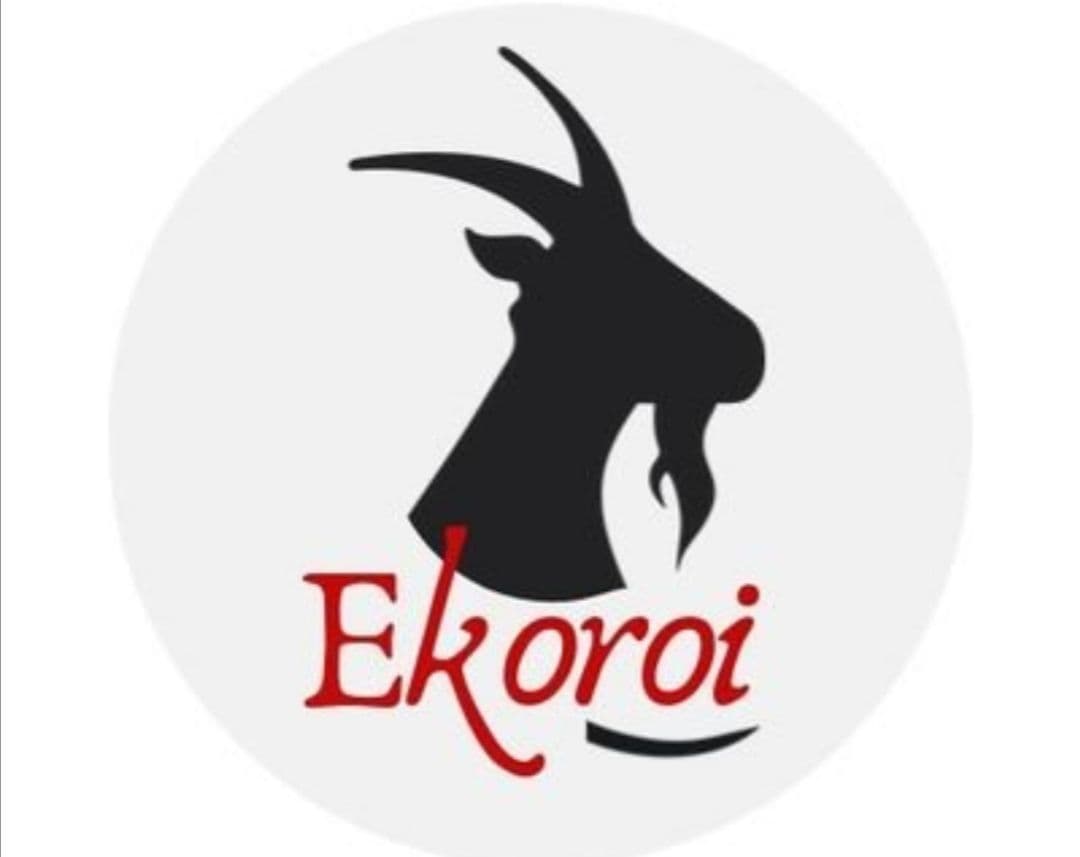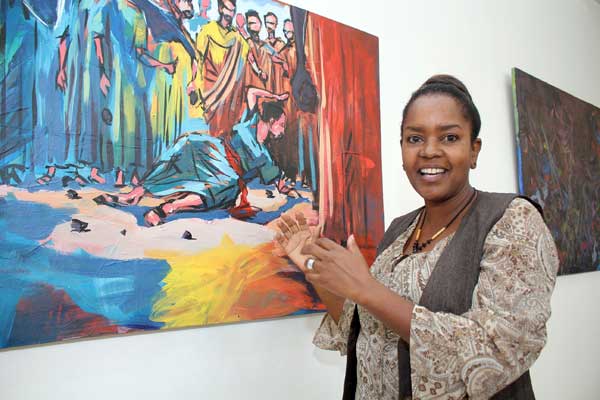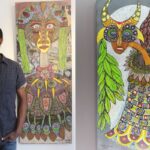Lydia Gatundu Galavu has been the curator of contemporary art at the National Museums of Kenya (NMK) since 2010.
She previously worked at the museum as the exhibits designer for nine years.
Galavu studied art education and design and has a Master of Arts degree in Anthropology from the University of Nairobi.
Currently based at the Nairobi National Museum, Galavu taught art education to high school students before joining NMK.
She is member of ICOM (International Council of Museums) through which she represents Kenya in global art world for curatorial practice.
A strong proponent of expanding art awareness among Africans, Galavu believes it is important to define local art, both cultural and contemporary, through an African context and not just using the Western frame of reference.
She wishes to see more retrospective exhibitions by veteran East African contemporary artists at the Nairobi Museum.
She cites veteran East African contemporary artists, such as Gregory Maloba, Rosemary Karuga, Francis Msangi, Magdalene Odundo, Louis Mwaniki, Samuel Wanjau and others whose stories help to tell the history of contemporary art in Kenya.
But her number one wish is for Kenya to get a national art gallery where national collections and art history can be researched, showcased and appreciated. This would accelerate the creative industry.
‘‘I am excited that NMK proposes to establish Kenya’s first national art gallery. The idea is long overdue,’’ she said.
———————————
What does it take to become an art curator?
My interest in art and culture started in high school. But one can also study the history of art, anthropology or museology at university level.
One also needs to read about history of art, artists and art movements of the different periods. A lot of practice in creating art is necessary in different styles such as drawing, painting, design and sculpture. As an artist I working mainly in sculpture.
What is a typical day for you?
First is a morning walk through the museum galleries to ensure that the exhibits are in place, the lights, audio visuals and interactive parts are working properly. Then I discuss with colleagues on the focus for the day. Often I am working on three or four programmes at different stages of development.
I also get to hold exhibition committee meetings, make time to meet artists and supervise interns and students seeking work-learning experience.
What is the connection between an art curator with collectors and buyers?
A curator should be able to talk to and understand the needs of individual collectors and buyers, and advise them accordingly. Expert buyers will already know what they want but may require advice on new artists. The inexperienced buyers expect a curator to guide them on the basics of collecting, what art to collect and how best to acquire it.
Art creation is still male-dominated in Kenya, but there are several female gallery curators. Why the discrepancy?
The most popular art spaces in Kenya are owned by women, but the number is too small to make any conclusions regarding the career being more accessible to women.
When you take a world view, it is men who dominate top positions in art museums and major galleries. The period and age where artists begin taking their practice seriously is also when women tend to focus on motherhood and few women artists can successfully juggle the two.
How do you select artist and exhibitions to feature at the Nairobi Museum?
Artists normally apply for exhibitions, then they are reviewed by the museum’s exhibition committee and selection is done. We also curate in-house exhibitions related to the history of art in Kenya.
What do you enjoy about being a curator?
One of the most fulfilling things about my job is the opportunity to host travelling or exchange exhibitions from other museums and galleries.
For example, the Mandela Poster Exhibition in February 2019 by the South African government. I also enjoy meeting new artists, meeting different curators and exchanging notes.
And what challenges do you face?
Curating in a museum can be very demanding in terms of conceptualising and organising exhibitions, selecting art works, co-ordinating artists and daily maintenance of the gallery. It takes time, patience, multi-tasking, and flexibility to manage minor hurdles.
As a state museum, limited budget is a top challenge. It makes it difficult to achieve important aspects of curating such as lighting, wall preparation, framing or even presentation.
What is the difference between curating a state art institution and a commercial gallery?
The latter have more freedom in curatorial choices, exhibitions to host, artists to focus on and better budgets. They set their own rules on how they want to run their business.
State museums are non-profit public spaces that strive to provide equal opportunities while surviving on shoestring budgets. In state museums, curators’ decisions are guided by institutional objectives.
What does it take to become a successful art curator?
Active participation in the arts, networking with people in similar careers. Advancing my studies has contributed to my career growth. I am still learning and keeping myself updated on artists, their work and the stakeholders in Kenya, Africa and the world. It involves a lot of travel. As the contemporary art world grows with more galleries, more fairs, new biennials coming up and more art selling on websites, it means that professional art curating is growing at a very fast rate.




